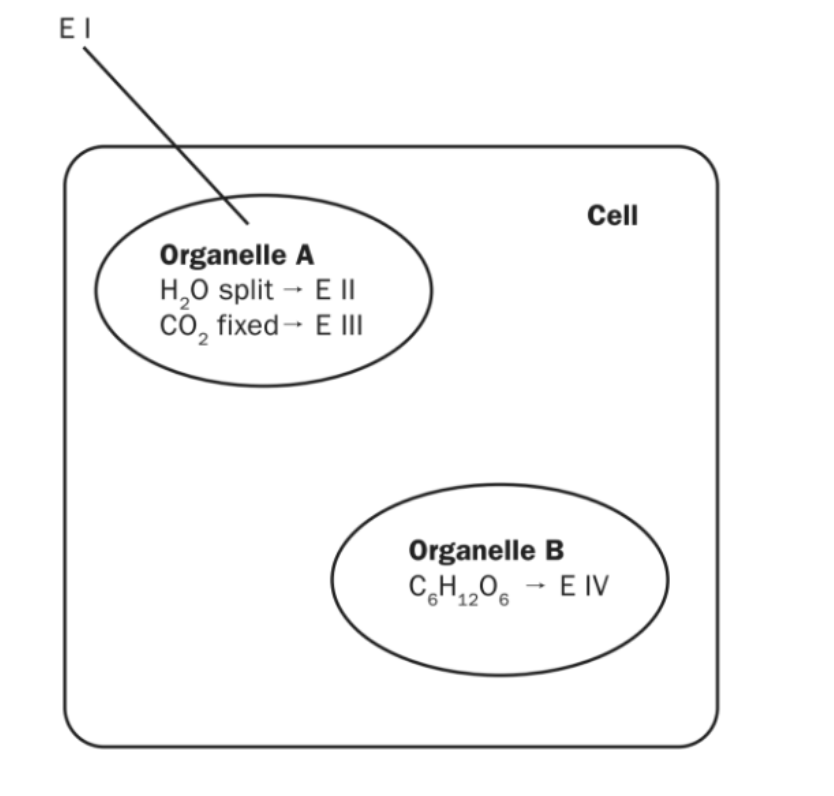AP Biology Multiple Choice Practice Questions
In the multiple choice section of the AP Biology test, you will have 90 minutes to answer 60 multiple choice questions and 6 grid-in items. The multiple choice questions are composed of two types of questions, stand alone and data questions. Below we provide practice questions for each type and strategies to find the correct answer in the alloted time.
FREE PREMIUM CONTENT
AP Biology Equations & Formulas Sheet
Download a list of equations and formulas you should know for the AP Bio exam.
What Are Stand Alone Questions?
Stand alone questions on the AP Biology test are your average multiple choice question and make up a little over half of the questions in the section.
[RELATED: AP Biology Stand Alone Question Stratgies ]
What Are Data Questions?
Data questions on the AP Biology test are a series of questions about a single data set, which are commonly represented in graphs, charts, or as an experiment summary.
[RELATED: AP Biology Data Question Strategies ]
Stand Alone Question 1
During photosynthesis
A. light reactions produce sugar, while the Calvin cycle produces O2.
B. light reactions produce NADPH and ATP, while the Calvin cycle produces sugar.
C. light reactions photophosphorylate ADP, while the Calvin cycle produces ATP.
D. the Calvin cycle produces both sugar and O2.
Answer
The correct choice is B
Light reactions, which convert solar energy into chemical energy (ATP, NADPH) in the thylakoid membranes, fuel the Calvin cycle’s production of sugars in the stroma.
Stand Alone Question 2
Organisms that reproduce sexually exhibit zygotic, gametic, or sporic meiosis. One way to determine the type of life cycle an organism has is by
A. observing embryonic development.
B. comparing the diploid and haploid forms of the organism.
C. determining when in the life cycle fertilization occurs.
D. determining if gametes are multicellular or unicellular.
Data Question 1
The cecum is a portion of the large intestine located near the junction of the small intestine and the large intestine. The following table lists the diets of several vertebrates, as well as the average length of the cecum as measured in 20 individuals of that species.
Based on the following information, which of the following conclusions is most plausible?
|
Species |
Average Cecum Length |
Diet |
|
A |
40.1 cm |
herbivore |
|
B |
5.7 cm |
omnivore |
|
C |
6.8 cm |
carnivore |
|
D |
30.2 |
ruminant |
A. The cecum can become a vestigial structure in carnivores, since it is shorter in species B and C than in species A and D.
B. The cecum evolved to have an important role in the digestion of protein, since it is shorter in species B and C than in species A and D.
C. Species A is more closely related to species D than to species B, because A and D are both herbivores.
D. Species B and C have a common ancestor, since the cecum in species B and C is approximately the same length.
Answer
The correct choice is A
The data here suggest that the cecum is four to five times longer in species that consume plant matter for their diets (A and D) compared to those that consume at least some meat (B and C).
Of the statements listed, the only one that logically follows is (A): in carnivores, the cecum becomes unnecessary, and starts to shorten. (B) is the opposite of what we expect; it would be logical if it played a prominent role in digesting carbohydrates. (C) The data on cecum length and diet are insufficient to draw conclusions about the relatedness of species, so rule out (C) and (D).
Data Question 2
The following diagram shows energy transformations within a cell. Each form of energy is represented by the symbols E I–E IV. Two cellular organelles are represented by the letters A and B. Answer the following questions about the various processes depicted in the diagram and about the cell in which they are occurring.
Question 1
What form of energy is represented by E II?
A. Radiant energy in the form of photons
B. Chemical energy being stored in the bonds of glucose
C. Chemical energy in the form of ATP
D. Chemical energy released by glycolysis
Question 1 Answer
The correct choice is C
The reaction occurring in organelle A is photosynthesis, as indicated by the splitting of water and fixation of CO2. The first reaction in this organelle represents the light reactions, in which the sun’s energy is converted to chemical energy in the form of ATP (E II).
Question 2
If the transformation depicted in organelle B requires oxygen, what form of energy is represented by E IV?
A. Radiant energy in the form of photons Question 2 Answer The correct choice is C The reaction occurring in organelle B is cellular respiration, as indicated by the release of energy stored in the bonds of glucose. Because the question specifies that oxygen is required, the process depicted must show aerobic respiration rather than glycolysis. The form of energy released in aerobic respiration is chemical energy in the form of ATP (E IV).
B. Chemical energy being stored as glycogen
C. Chemical energy in the form of ATP
D. Chemical energy released by glycolysis




